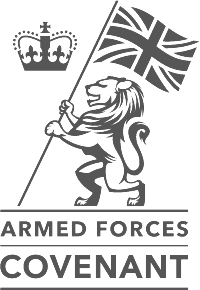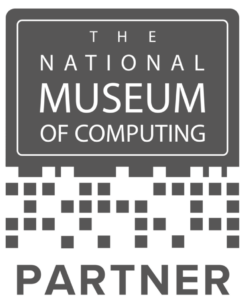
What exactly is value stream mapping, and what does it have to offer for today’s enterprise? Dan Breston explains.
“Value stream analysis is much harder when you have thousands of developers working on hundreds of different products.” Mik Kersten – CEO, Tasktop
Toyota, working with quality expert W Edwards Deming, created a legendary technique to iteratively determine how to improve the way they performed various customer-focused activities in car manufacturing and maintenance. The result was Value Stream Mapping (VSM). The concept became better known in 1990 through the book The Machine that Changed the World, written by James Womack, Daniel Jones, and Daniel Roos, but it really made its mark when it was embraced by the DevOps and ITSM communities over the past decade.
Value stream mapping and management has the following characteristics:
• It creates agreement on what the high-level goal of a process should be
• It uses time and quality as the main metrics to guide improvement
• It provides a visual aid for anyone looking to see issues or obstacles along the value stream
• It enables management to collaborate on decisions affecting the stream
• It holistically focuses on customer improvement activities.
What does VSM have to do with IT today?

Permission to use granted by @AXELOS 2020
Look at the above diagram of the ITIL 4 service value chain or pick your favourite view of a DevOps continuous delivery software pipeline. Both are flows of actions that can always be improved and they are there to service customer demand (external and staff). Only when they have achieved this customer service aim and have proven their effectiveness are they deemed to be of value.
Value can be defined as something received on a timely basis that can be used to solve a problem or help me do something extraordinary because of its quality and nature. When Toyota began VSM, it was easy to follow the flow of work, measure it against a guide, and affirm the final product before customer delivery. But how do you map the journey of software, especially if it is created and deployed quickly, as is often the case today?
VSM and the flowing water analogy
Think of a fast-flowing stream with obstacles in it: garbage, rocks, twists, and bends. Your job is to ensure that the water remains clear and fast-moving as this stream services people. You need to continually test the water, and remove things that slow it down or make it dirty. But everything you do must help all of the water keep flowing. Clearing a small can upstream might improve the flow of the water over a short stretch but will have little impact when the widening stream is slowed by a large rock further down. However, both obstructions may need to be managed.
VSM is visual, holistic stream management that forces you to consider the consequences of your decisions by testing their impact before you act, ascertaining the effect afterward, and then continuing to improve your stream as long as it services someone. While there will always be obstacles, simply removing them isn’t always the answer. Your role is to use them to best effect to keep that stream flowing (a bed of grass might act as a filter, for example) or remove them where that makes the most sense.
Value Stream Management – benefits in IT
There are many steps in a software lifecycle, making it difficult to measure and improve each activity individually. VSM is a high-level means of measurement and improvement, and helps us to see where value can be added at every stage.
Software and service flow require people to work collaboratively, while acknowledging that they perform different tasks and use various tools. VSM brings them together in 3-4 day events, lets them consider methods of improvement after looking at the current state of work, and encourages them to go back and apply what they have found to improve the flow of activities.
Downtime is the most significant waste of IT resource. VSM visually illustrates when work is defective or is stuck in a committee at significant points in the stream. This then allows you to find different ways to tackle the issues involved, if necessary introducing workarounds or seeking management intervention to free up the bottlenecks.
Similarly VSM forces you to consider the customer. They like the water now, but will they keep wanting it, and how can it be improved for them? An end-to-end view of the service flow will allow you to identify opportunities for continuous improvement which would be hard to identify without the big picture.
VSM has gotchas
There are a number of pitfalls to watch out for when using the VSM approach to working:
• If you work too long on just one part of the stream, you will miss opportunities that could prove more beneficial if you focused elsewhere
• VSM needs the right people to work together in a team, and they need to be particularly skilled at collaborative decision-making based on facts
• VSM only ends when the stream (service) ends, just like the diagram suggests
• VSM decisions and improvements are activities for all involved in ensuring the stream is clear and flowing, not just a small, ad hoc group.
Value Stream Mapping and Management can bring real benefits to the organisation if applied in the right way. Join Daniel Breston for an itSMF UK online masterclass on the subject on 25th February to find out more.



